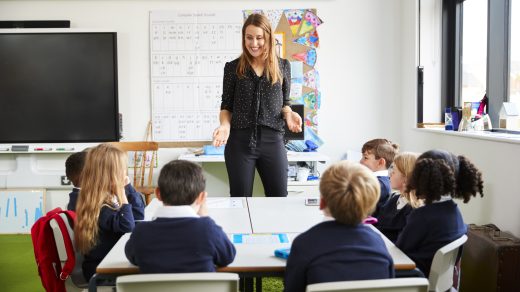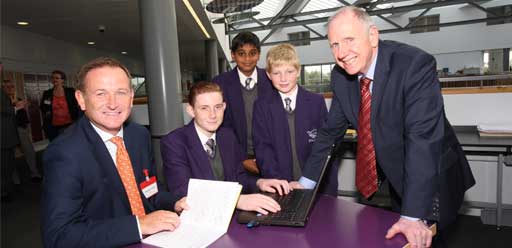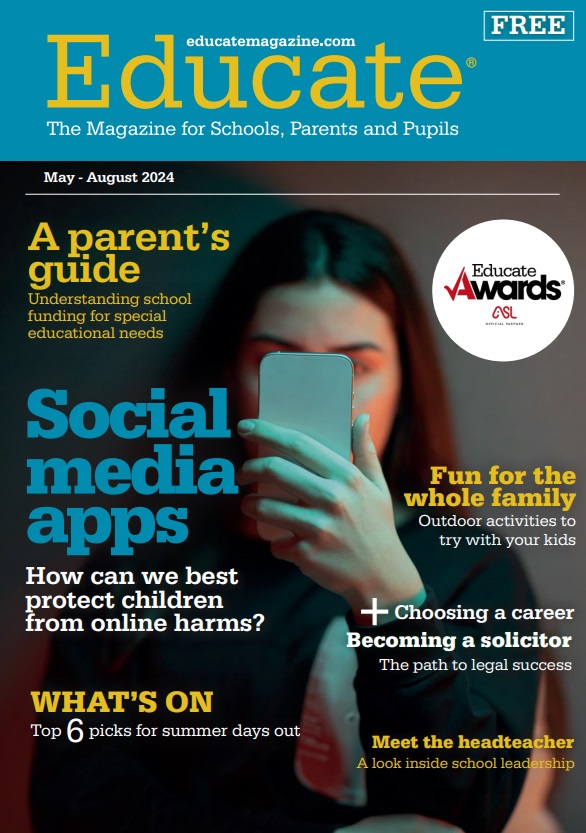Five lessons from a year of remote teaching

By Amy Higgins, a secondary school teacher in London.
I remember when I accepted that schools would close. I was standing by the photocopier (the ‘water cooler’ of teachers) and a wide-eyed colleague looked up from his phone to share the news that Ireland had just closed its schools. I had recently started as Head of English at a new school, and had been pouring my heart into the job, determined to establish myself. The last few months had been a frenetic blur of long days, excel spreadsheets and a sea of new faces. Now, schools were closing, and exams – the high stakes finish to the academic year that can sometimes feel like a school’s raison d’être – were off the table. Teaching would continue, but not as we knew it. That day in the reprographics room, I felt apprehensive and a little bereft. A year on, and with schools on the verge of re-opening for the second time, this is what I have learnt.
1. Back to basics
Over the past year, even Luddites like myself have become confident online practitioners. But more significantly, the need to deliver lessons in a radically different way has compelled us to critically reflect on the basics of effective teaching. With some students on their phone, unreliable internet connections, and no shortage of competing distractions, overloaded lesson content and multiple handouts are out. We have been forced to refine lessons, stripping them back to their fundamentals as we strive for simplicity and clarity. At the same time, the physical distance from students has underlined the importance of assessment for learning. Tools like the chat function on video calls (which allow teachers to see multiple student responses simultaneously) have been invaluable.

2. A slower, richer curriculum
While lockdown limited our freedom, the ‘all bets are off’ atmosphere and cancellation of exams created space for a more creative approach to the curriculum. We adapted our Year 7 poetry unit, with less focus on analytical paragraphs and more opportunities for students to write their own poetry. These included uplifting poems in the style of Maya Angelou, odes in praise of everyday items inspired by Pablo Neruda, and haikus on the theme of urban nature. With exam classes, we have slowed down our teaching, exploring topics more deeply. We have reaffirmed our own passion for the subject and transmitted this to students, with some flourishing under this approach.
3. Beyond the curriculum
While one might expect school closure to limit opportunities for students’ personal development, in some ways it had the opposite effect. Determined to inject some excitement into our students’ locked down worlds, we felt ever more motivated to go beyond the curriculum. Year 7 students participated in a national children’s poetry competition. We also set up a ‘Letters from Lockdown’ writing competition, transforming the tedium of lockdown into an opportunity for something creative. The results were humorous, insightful and moving. Some of the least engaged students entered this competition.
4. Positive relationships
In spite of the physical distance, I found that remote education can enhance relationships between teachers and students. There is limited opportunity for disruption and less need for reprimands. Freed from the stresses of classroom management, teachers can focus more than ever on developing positive relationships. Students, no longer forced to attend school, are finding that that they value their teachers and education more than they realised. The social media-like aspects of teaching platforms, where students and teachers can communicate in a more informal way and ‘like’ each others’ posts can further strengthen relationships. The increased use of email and phone calls
have had the same effect, enabling a private dialogue quite different to the rushed chats at the end of a lesson or in the middle of a corridor, which often by necessity occur in earshot of students’ peers. There’s also an intimacy to teaching and learning from home, reminding you both of your shared humanity. And of course, muddling through the past year has been a bonding experience.
5. No replacement for school
Nevertheless, the importance of returning to ‘real’ school is clear. While remote attendance figures have improved and many more students have now received laptops, access and engagement remains patchy. Gaps in attainment are likely to have increased. And of course, there are those for whom home is a place of distress and danger. Schools provide safety, relationships and opportunity to students. Let’s not just focus on catch-up classes when we return – but on excellent teaching, a rich curriculum, a wealth of extra-curricular opportunities and building transformative relationships.
This blog was written by secondary school teacher, Amy Higgins.




